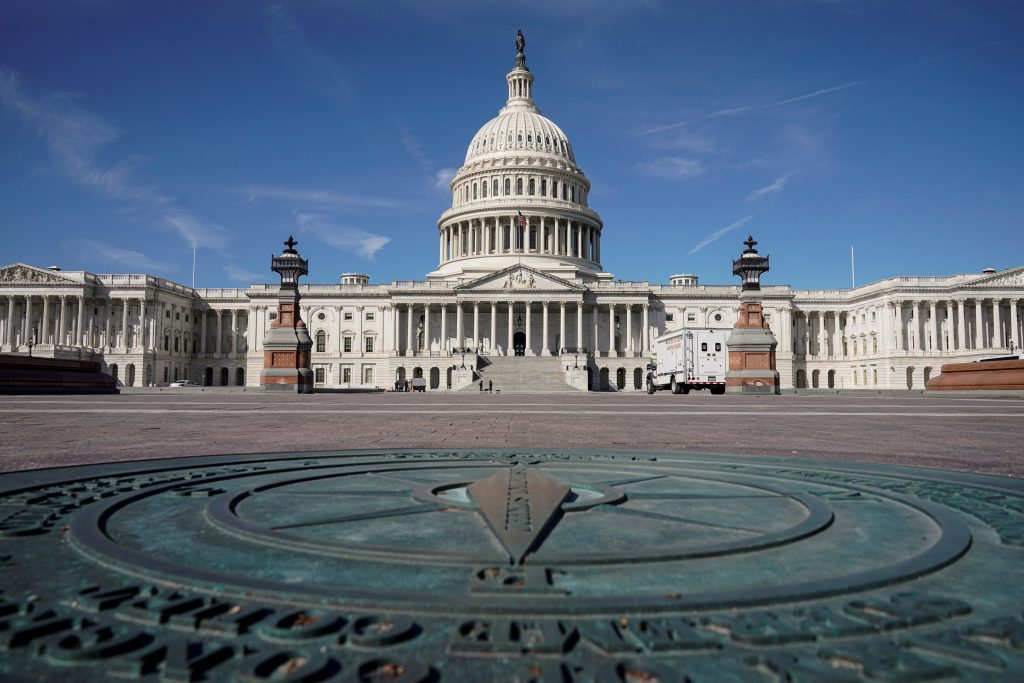COVID Has Killed as Many Americans as the Spanish Flu

COVID-19 has now killed about as many Americans as the 1918-19 Spanish flu pandemic did — approximately 675,000. And like the worldwide scourge of a century ago, COVID may never entirely disappear from our midst.
Instead, scientists hope that COVID becomes a mild seasonal bug as human immunity strengthens through vaccination and repeated infection. That would take time.
“We hope it will be like getting a cold, but there’s no guarantee,” said Emory University biologist Rustom Antia, who suggests an optimistic scenario in which this could happen over a few years.
For now, the pandemic still has the United States and other parts of the world firmly in its jaws.
The delta-fueled surge in new infections may have peaked, but U.S. deaths still are running at over 1,900 a day on average, the highest level since early March, and the country’s overall toll stood at close to 674,000 as of Monday morning, according to data collected by Johns Hopkins University, though the real number is believed to be higher.
Winter may bring a new surge, though it will be less deadly than last year’s, according to one influential model. The University of Washington model projects an additional 100,000 or so Americans will die of COVID-19 by Jan. 1 , which would bring the overall U.S. toll to 776,000.
The 1918-19 influenza pandemic killed an estimated 675,000 Americans in a U.S. population one-third the size of what it is today. It struck down 50 million victims globally at a time when the world had one-quarter as many people as it does now. Global deaths from COVID-19 now stand at more than 4.6 million.
The Spanish flu death toll numbers are rough guesses, given the incomplete records of the era and the poor scientific understanding of what caused the illness. The 675,000 figure comes from the U.S. Centers for Disease Control and Prevention.

The ebbing of COVID-19 could happen if the virus progressively weakens as it mutates and more and more humans’ immune systems learn to attack it. Vaccination and surviving infection are the main ways the immune system improves. Nursing infants also gain some immunity from their mothers.
Under that optimistic scenario, schoolchildren would get mild illness that trains their immune systems. As they grow up, the children would carry the immune response memory, so that when they are old and vulnerable, the coronavirus would be no more dangerous than cold viruses.
The same goes for today’s vaccinated teens: Their immune systems would get stronger through the shots and mild infections.
“We will all get infected,” Antia predicted. “What’s important is whether the infections are severe.”
Something similar happened with the H1N1 flu virus, the culprit in the 1918-19 pandemic. It encountered too many people who were immune, and it also eventually weakened through mutation. H1N1 still circulates today, but human immunity acquired from infection and vaccination has triumphed.
Getting an annual flu shot now protects against H1N1 and several other strains of flu. To be sure, flu kills between 12,000 and 61,000 Americans each year, but on average, it is a seasonal problem and a manageable one.
Before COVID-19, the 1918-19 flu was universally considered the worst pandemic disease in human history. Whether the current scourge ultimately proves deadlier is unclear.
In many ways, the 1918-19 flu — which was wrongly named Spanish flu because it first received widespread news coverage in Spain — was worse.
Spread by the mobility of World War I, it killed young, healthy adults in vast numbers. No vaccine existed to slow it, and there were no antibiotics to treat secondary bacterial infections. And, of course, the world population was much smaller than it is today.
Yet jet travel and mass migrations threaten to increase the toll of the current pandemic. And much of the world is still unvaccinated.
To Read The Full Story
Are you already a subscriber?
Click "Sign In" to log in!

Become a Web Subscriber
Click “Subscribe” below to begin the process of becoming a new subscriber.

Become a Print + Web Subscriber
Click “Subscribe” below to begin the process of becoming a new subscriber.

Renew Print + Web Subscription
Click “Renew Subscription” below to begin the process of renewing your subscription.





